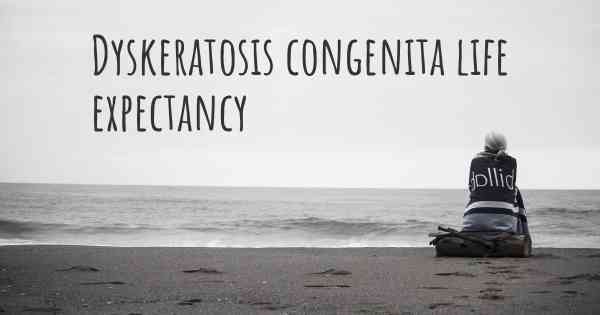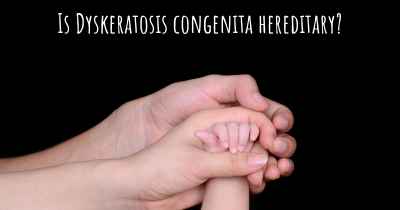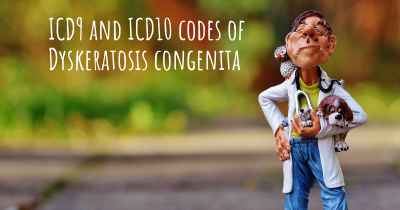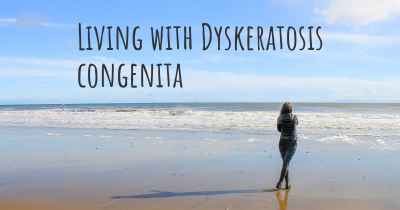What is the life expectancy of someone with Dyskeratosis congenita?
Life expectancy of people with Dyskeratosis congenita and recent progresses and researches in Dyskeratosis congenita

Dyskeratosis congenita is a rare genetic disorder that affects multiple body systems, including the skin, nails, and bone marrow. The life expectancy of individuals with this condition can vary widely depending on the severity of symptoms and the specific complications they experience.
While it is difficult to provide an exact life expectancy, studies suggest that the average survival rate for individuals with dyskeratosis congenita is around 30 to 40 years. However, some individuals may live into their 50s or beyond, while others may have a shorter lifespan.
Regular medical care, early detection, and appropriate management of complications can help improve the quality of life and potentially extend the lifespan of individuals with dyskeratosis congenita.
Dyskeratosis congenita (DC) is a rare genetic disorder that affects multiple systems in the body, primarily the skin, nails, and bone marrow. It is characterized by a triad of symptoms including abnormal skin pigmentation, nail dystrophy, and leukoplakia (white patches) in the mouth and throat. However, DC is a highly variable condition, and its severity can vary widely among individuals.
Due to the heterogeneity of DC, it is challenging to provide a definitive life expectancy for individuals with this condition. The prognosis can depend on various factors, including the specific genetic mutation involved, the age of onset, and the presence of associated complications.
One of the most critical factors influencing life expectancy in DC is the development of bone marrow failure. Approximately 80% of individuals with DC will experience bone marrow failure at some point in their lives. This condition occurs when the bone marrow fails to produce enough healthy blood cells, leading to anemia, increased susceptibility to infections, and bleeding problems. Bone marrow failure can be life-threatening if not managed appropriately.
Another significant factor impacting life expectancy in DC is the increased risk of developing cancer. Individuals with DC have a higher predisposition to certain types of cancer, particularly squamous cell carcinoma and acute myeloid leukemia. Regular cancer screenings and close monitoring are crucial to detect and treat any malignancies at an early stage.
Furthermore, DC is associated with a range of other potential complications that can affect various organs and systems in the body. These complications may include pulmonary fibrosis (scarring of lung tissue), liver disease, gastrointestinal problems, and eye abnormalities. The severity and progression of these complications can significantly influence an individual's overall health and life expectancy.
It is important to note that while DC is a chronic and potentially life-threatening condition, the life expectancy of individuals with DC has improved over the years due to advancements in medical care and supportive treatments. Early diagnosis, regular medical follow-ups, and appropriate management of complications can help improve outcomes and extend life expectancy.
However, it is challenging to provide a specific numerical range for life expectancy in DC. Some individuals with milder forms of the condition may have a near-normal life expectancy, while others with more severe manifestations and complications may have a reduced life span. It is crucial for individuals with DC to work closely with a multidisciplinary medical team, including dermatologists, hematologists, oncologists, and other specialists, to optimize their care and manage potential complications.
In conclusion, Dyskeratosis congenita is a complex and variable genetic disorder that can affect multiple systems in the body. The life expectancy of individuals with DC depends on various factors, including the specific genetic mutation, the development of bone marrow failure, the risk of cancer, and the presence of associated complications. While it is challenging to provide a specific life expectancy range, early diagnosis, regular medical follow-ups, and appropriate management can help improve outcomes and extend the lifespan of individuals with DC.
Posted May 25, 2018 by Paul 100








